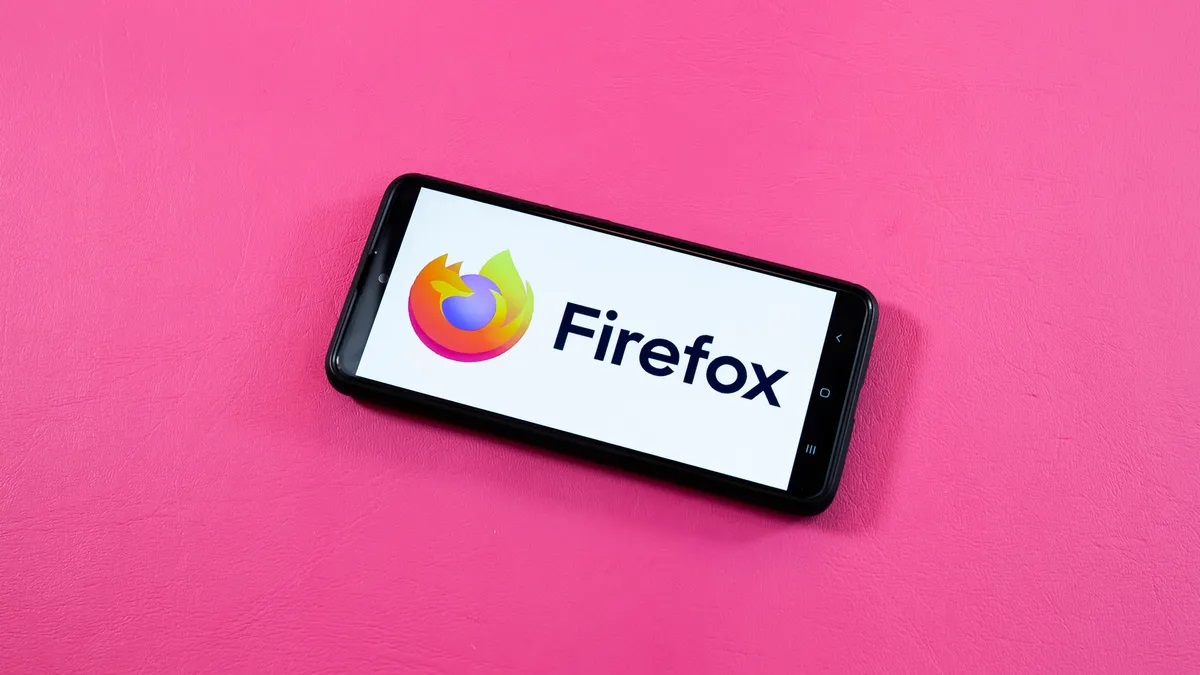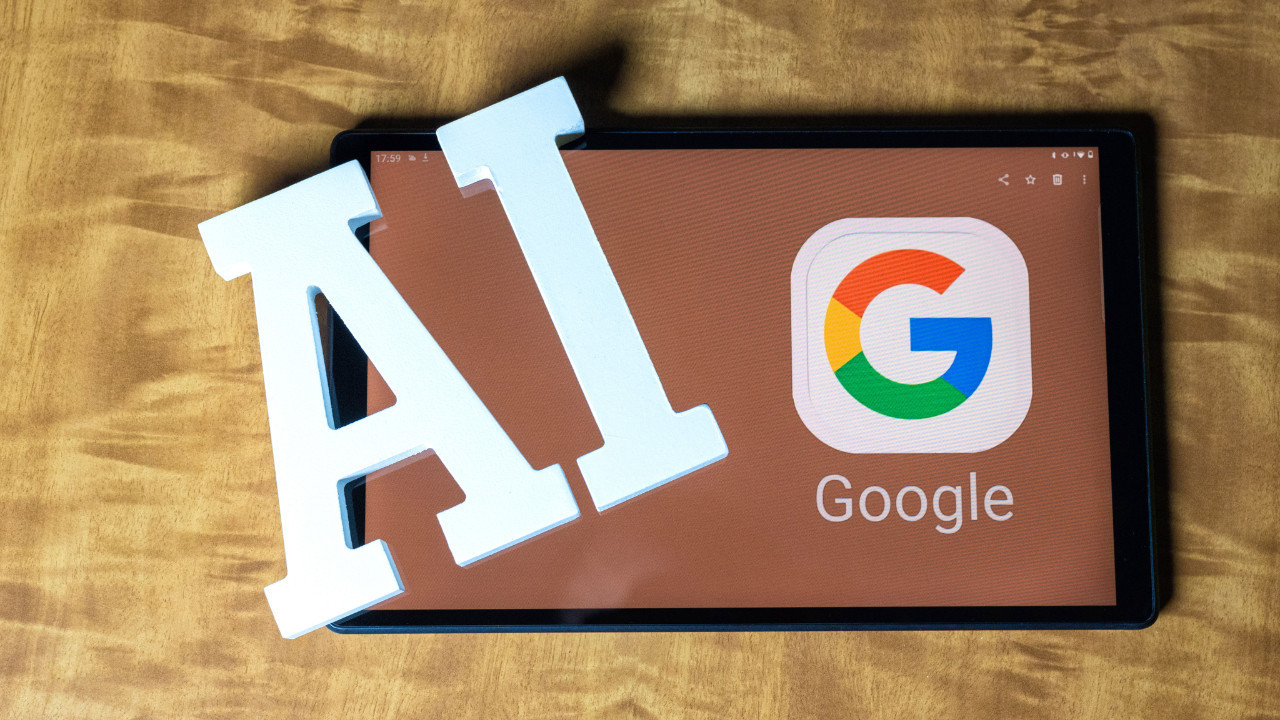The easy availability of powerful generative AI models like ChatGPT, Gemini, and image or music generation tools has made it possible for anyone to create photos, videos, or songs in seconds. This massive wave of computer-generated content has given birth to a new aesthetic trend that the internet calls “Slopcore.”
Understanding Slopcore: The Art of AI Imperfection
Also known as AI slop, Slopcore refers to the growing movement of users letting AI systems make creative decisions — instead of using them as tools. The results are often emotionally charged yet strangely hollow pieces of media. Slopcore captures the eerie beauty of machines attempting to replicate human art but missing the essence of it entirely.
The hallmark of Slopcore is its uneasy realism. At a glance, images appear normal — detailed, even beautiful — but closer inspection reveals subtle distortions: extra fingers, mismatched limbs, or light that seems “too perfect.” These flaws create an uncanny effect that is both mesmerizing and unsettling. In essence, Slopcore is the reflection of machines trying to dream.
The Visual Language of AI Slop
Slopcore imagery typically includes surreal mistakes that betray its artificial origin. For instance, you might notice a guitar strap not connected to a guitar, a protest sign blending into a person’s face, or an “AI font” that feels strangely familiar but meaningless. These are not intentional errors — they are the visual artifacts of machine reasoning.
This imperfect mimicry gives Slopcore its distinctive look. The surfaces are unnaturally smooth, the lighting eerily flawless, and the compositions just slightly off-balance. Together, they form a style that’s too good to be true — and that’s exactly why it feels so hauntingly real.
Slopcore in Music and Video
Slopcore isn’t limited to images. In music, AI-generated songs often sound oddly lifeless despite their polished production. Instruments may sound “mid,” vocals overly synthetic, and emotional tones forced. These compositions can trigger an uncanny emotional response — not because they’re bad, but because they sound almost human, yet not quite.
For example, a song like “No More Slop” — created in less than a minute using an AI music generator — embodies the entire ethos of Slopcore. It sounds structured and emotive, but it lacks the human nuance that makes real art resonate. The same applies to AI videos: realistic motion paired with unnatural gestures or facial expressions that subtly break immersion.
Why People Are Fascinated by AI Slop
Despite (or perhaps because of) its flaws, many creators and audiences find beauty in Slopcore. The aesthetic embraces imperfection as part of its identity, similar to glitch art or vaporwave. Instead of trying to hide AI’s limitations, Slopcore highlights them — celebrating the disconnection between machine logic and human emotion.
This fascination speaks to a broader cultural shift. People are starting to view AI not merely as a creative assistant, but as a co-artist — one that’s alien, unfiltered, and unpredictable. In that way, Slopcore reveals both the promise and peril of machine-made creativity.
The Uncanny Valley of Modern Media
Slopcore perfectly illustrates the “uncanny valley” — the unsettling feeling that occurs when something looks almost human but not quite. Whether it’s a digital singer with too-perfect symmetry or a portrait where one hand is strangely shaped, AI art constantly hovers on the edge of believability. This visual dissonance keeps the viewer simultaneously amazed and disturbed.
In this sense, Slopcore might be the first truly post-human art form: a collaboration between artificial intelligence and human imagination that blurs the line between the authentic and the artificial.
How Slopcore Reflects the Future of Creativity
AI tools like ChatGPT, Gemini, and Suno are rapidly evolving to eliminate these visible flaws. However, as models improve, the raw authenticity of Slopcore might fade away — replaced by perfectly polished outputs that are indistinguishable from human art. Ironically, many artists are already nostalgic for today’s imperfect AI outputs, which still show traces of the machine’s “thinking process.”
Slopcore, then, is a snapshot of this transition: a moment in time when humans and algorithms are both learning to create together, awkwardly but fascinatingly. It forces us to ask — what happens when art no longer requires a human hand, and when “mistakes” are programmed out of existence?
Critics vs. Supporters of Slopcore
Critics argue that AI slop dilutes creative industries by flooding the internet with mass-produced, low-effort content. Social feeds filled with near-identical AI images and songs can feel overwhelming and meaningless. On the other hand, supporters see Slopcore as a radical democratization of art — a movement that allows anyone to experiment without needing technical skill or resources.
Some even suggest that AI slop reflects our collective digital psyche: fast, imperfect, disposable, yet deeply expressive. In other words, Slopcore isn’t just about the art itself, but about the cultural moment that produced it.
Can Slopcore Be Intentional?
Interestingly, some artists now create “intentional slop,” using AI to generate imperfect visuals or sounds on purpose. By emphasizing the machine’s quirks, they comment on technology’s impact on creativity and authenticity. Just as glitch artists once embraced digital errors, Slopcore creators celebrate the algorithm’s clumsiness as an aesthetic choice.
This meta-awareness adds another layer to the movement. Slopcore is no longer an accident of technology — it’s becoming an art form of its own.
The Ethical and Cultural Implications
Slopcore also raises important questions about authorship, originality, and authenticity. Who owns an AI-generated image? Can a flawed machine output be considered “art” in the traditional sense? And what happens when machines become better than us at imitation — yet still lack genuine emotion?
These are not just theoretical questions. As platforms like YouTube, TikTok, and Instagram fill with AI-made content, distinguishing between real and artificial creativity becomes harder each day. Slopcore may be our first taste of a future where originality itself is redefined.
How to Identify AI Slop
- Look for anatomical inconsistencies — extra fingers, twisted joints, or impossible posture.
- Check lighting and reflections — overly smooth surfaces or perfectly balanced light often indicate AI generation.
- Notice text artifacts — strange fonts, misspelled words, or nonsensical signage are common in AI slop.
- Listen carefully — AI vocals often sound slightly robotic or lack emotional dynamics.
- Observe repetition — AI tends to recycle visual motifs, patterns, and facial features across outputs.
How to Embrace Slopcore Creatively
If you’re experimenting with generative AI, Slopcore can be an exciting space for exploration. Instead of trying to correct every flaw, consider embracing them. Those imperfections can give your creations personality and narrative — a digital fingerprint of your collaboration with the machine.
By treating AI as a co-creator rather than a perfect tool, you can tap into the weird, beautiful chaos that defines Slopcore. It’s not about perfection; it’s about capturing a new kind of digital authenticity.
Final Thoughts: A Future Made by Machines
Whether you find Slopcore haunting or inspiring, it’s impossible to ignore. It represents a new chapter in art and media — one where human creativity merges with algorithmic randomness. If the future truly belongs to machine-made art, Slopcore may be remembered as the moment we first glimpsed that world, shimmering through the noise.
You can also explore our Free File Converter tools to easily transform and manage your AI-generated files.



